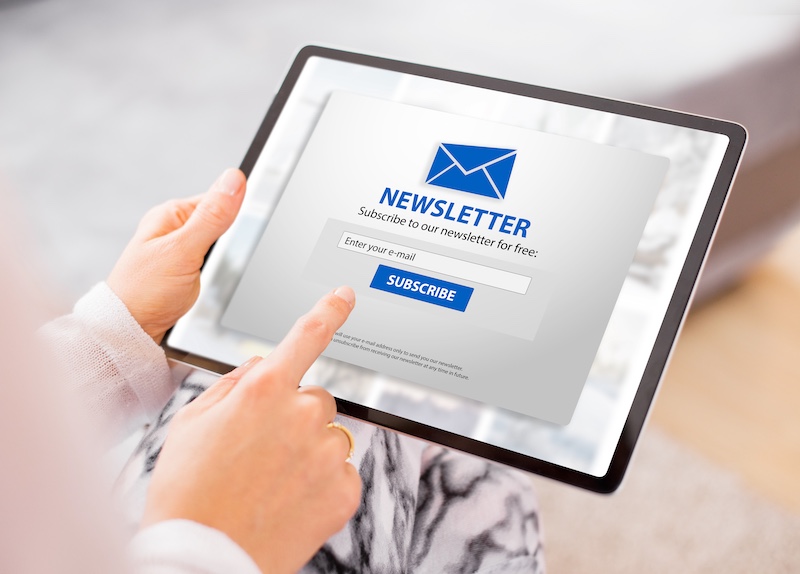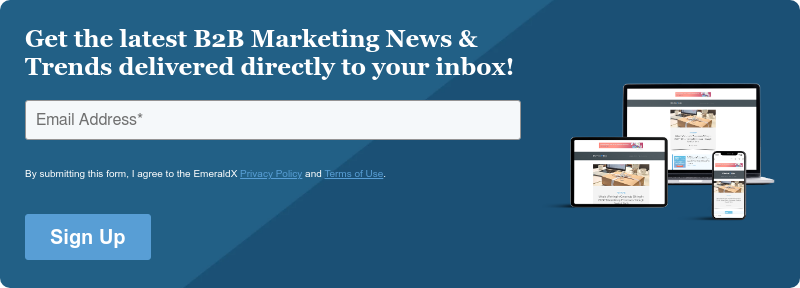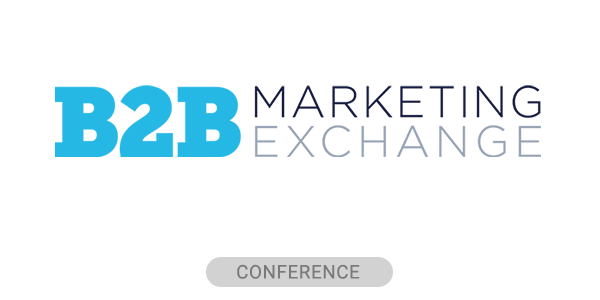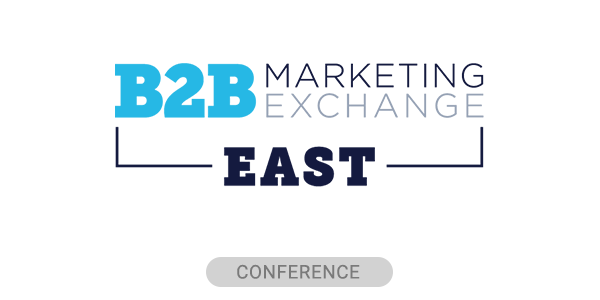In a social media landscape dominated by algorithm changes, email newsletters have emerged as valuable relationship builders.
The rise of Substack and the popularity of daily newsletters from Morning Brew and Axios show the tangible value of email audiences. Yet, according to Litmus data, while newsletters are the second most-used email type, only half of marketers utilize them.
Jaina Mistry, Director of Brand and Content Marketing at Litmus, said this represents a significant opportunity for brands — especially small businesses — looking to build authentic connections without massive marketing budgets. The most successful newsletters prioritize providing value to audiences over promotional content, delivered consistently.
In our interview with Mistry, she details how to create newsletters that build valuable relationships, the need to establish realistic publishing schedules based on resource constraints and measuring newsletter success.
Demand Gen Report (DGR): What are the distinct value drivers of email newsletters for B2B organizations?
Jaina Mistry: Email newsletters are among the most powerful, yet underutilized, tools in a B2B marketer’s toolkit. A well-crafted newsletter establishes thought leadership and positions your brand as a trusted resource in the industry, enabling you to shape conversations and stay ahead of trends.
By consistently delivering valuable and relevant content, you build credibility and deepen engagement with your audience. Regular newsletters keep your brand at the forefront of your buyers’ minds, making it the first option they consider when they’re ready to make a purchase. Additionally, newsletters nurture leads over time by providing content that matches their evolving needs, which increases the likelihood of conversion.
DGR: Are there any specific sectors/verticals you think will find more value in newsletters than others? Why?
Mistry: Every industry can benefit from a newsletter, but the key to success lies in delivering unique value that addresses the specific pain points of your audience.
Some industries, such as technology and SaaS, excel with newsletters by educating users about industry trends, best practices, product features and helpful tips. Financial services can build trust by providing insights on the market, investment advice and updates on compliance. In healthcare and life sciences, sharing cutting-edge research, policy changes and thought leadership is especially beneficial.
Regardless of the industry, a newsletter should prioritize connection over selling. When your content addresses real problems, your audience will be more likely to keep returning.
DGR: Can newsletters align with different stages of the marketing funnel or business objectives?
Mistry: Newsletters can support organizations at every stage of the customer journey and help accelerate customers to the next stage.
The customer journey begins when you move your audience from being ‘unaware’ to the ‘recognition’ stage by sharing industry insights and trends that spark their curiosity. You then turn ‘recognition’ into ‘recall’ by consistently providing expert content that educates your audience.
To transform ‘recall’ into ‘top-of-mind’ awareness, connect your content with current industry conversations. Develop ‘top-of-mind’ awareness into ‘brand preference’ through personalized content that fosters deeper connections with your audience. The final step is the conversion from ‘brand preference’ into ‘brand loyalty,’ which should showcase success stories, offer exclusive content and delivering ongoing value after the purchase.
It’s important to personalize the content in your newsletters based on the buyer’s stage in the journey with your brand. Sharing a customer success story with someone who is new to your brand can be a powerful way to establish relevance, even at the earliest stages of their relationship with you.
DGR: What distinct messaging and marketing tactics can be incorporated into newsletters to meet specific objectives?
Mistry: Brand consistency is key — ensure that your newsletter’s tone and messaging align with your overall brand narrative.
You should humanize the experience as well. Many successful B2B brands send newsletters “from” a specific individual within the company (such as the CEO, CMO or an industry expert) to make the content more relatable. People increasingly prefer to hear from actual individuals rather than a brand.
Additionally, prioritize engagement over sales. While newsletters can support customer retention, their main goal should be to foster engagement and build trust rather than to drive direct conversions.
DGR: What are some tips and best practices for building email lists?
Mistry: Some best practices that marketers should use for building email lists include:
- Never buy an email list. Purchased lists harm deliverability, damage sender reputation, and often lead to compliance issues.
- Tap into your organic social media audience. Promote your newsletter on LinkedIn, BlueSky and other platforms, clearly communicating its value.
- Use strategic website pop-ups on high-traffic pages but avoid bombarding visitors. Consider segmentation to ensure pop-ups don’t appear for existing subscribers.
DGR: How should newsletter audiences be re-engaged or marketed to through email for other programs/initiatives?
Mistry: Re-engagement efforts should align with your cadence — if your newsletter has been issued monthly, avoid launching a re-engagement campaign every month.
Analyze content engagement by identifying high-performing topics and use these insights to inform other content marketing initiatives beyond email.
Finally, marketers should offer exclusive value to win back disengaged readers by providing unique insights, early access to reports or customized content.
DGR: Can you share any examples of B2B brands that have successfully designed and scaled their newsletter strategies?
Mistry: Initially a single email newsletter, Morning Brew has expanded into a media company with multiple B2B editions, such as Marketing Brew, showcasing the power of a well-executed newsletter strategy.
Our own newsletter strategy at Litmus includes both weekly and monthly editions tailored to different audience needs, delivering a mix of educational content, industry insights and tactical advice.
DGR: What key metrics should brands track to gauge influence and value?
Mistry: Growing your email list is an important indicator of expanding brand influence through an engaged audience. Engagement metrics, especially click-through rates, help measure the value of your content. However, it’s important to analyze what happens after the click — specifically, whether readers spend time exploring your website or quickly leave.
Tracking sentiment provides qualitative insights through methods such as surveys or emoji reactions, allowing for a deeper understanding of how your audience is responding. Additionally, assessing the impact of the customer journey goes beyond basic opens and clicks; it evaluates how newsletters contribute to overall brand engagement, including whether subscribers are discussing or responding to your newsletter content.
DGR: How can they take these metrics and A/B test to refine and optimize their approach?
Mistry: Test different subject lines and content topics using A/B testing to determine what resonates best with your audience and optimize your sending times by trying out various days and times, including weekends. Additionally, use direct audience feedback through surveys and sentiment trackers to continuously improve your content strategy.







